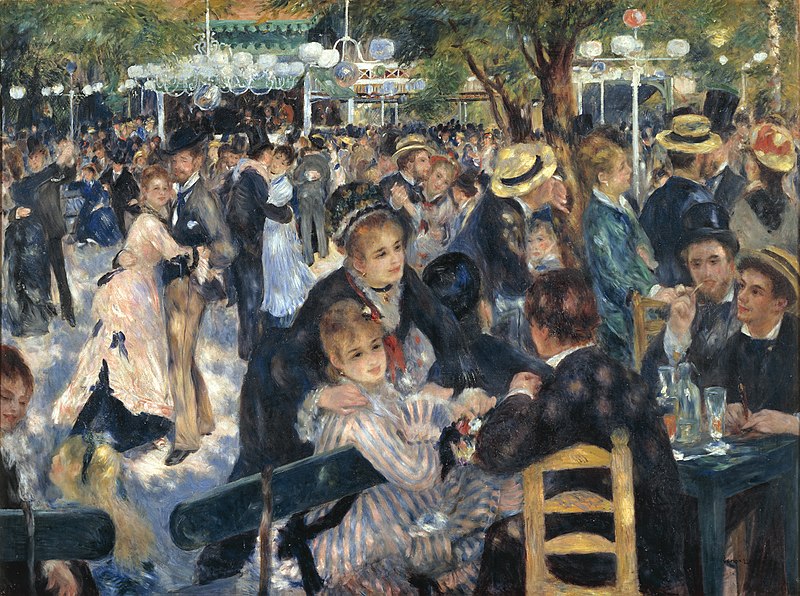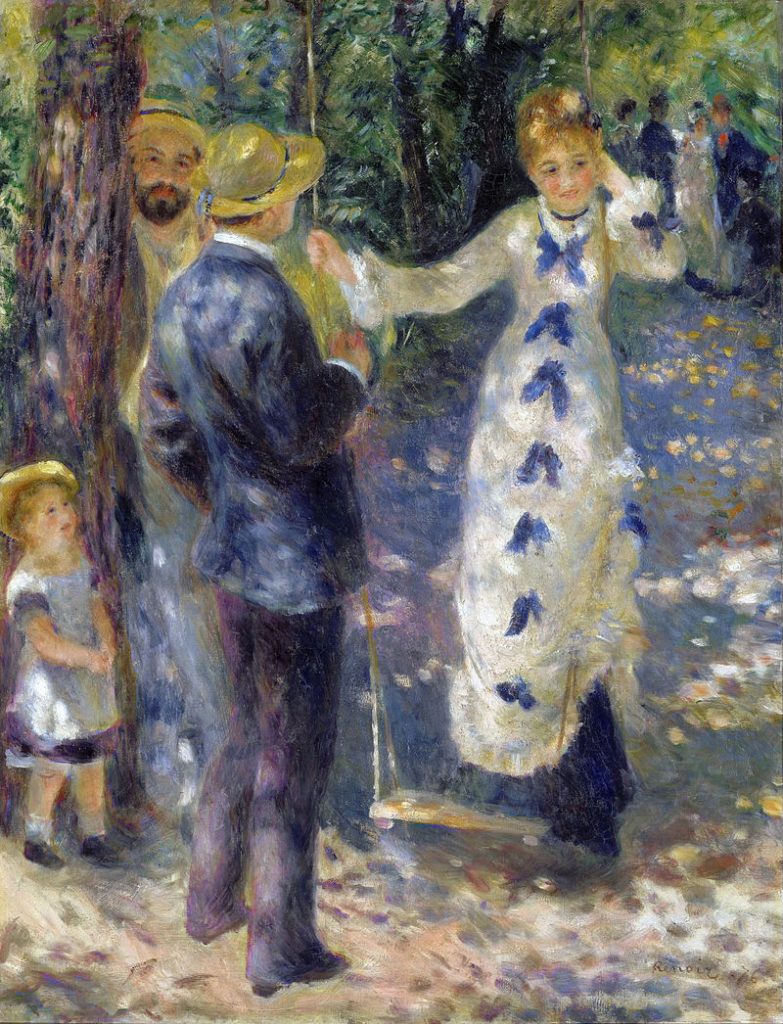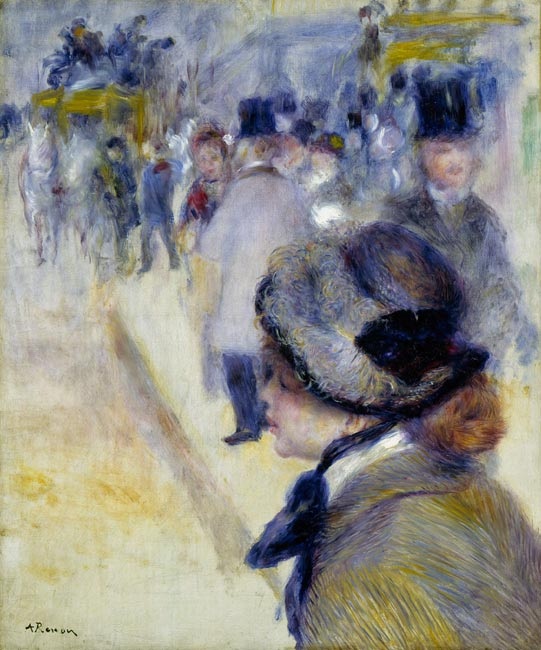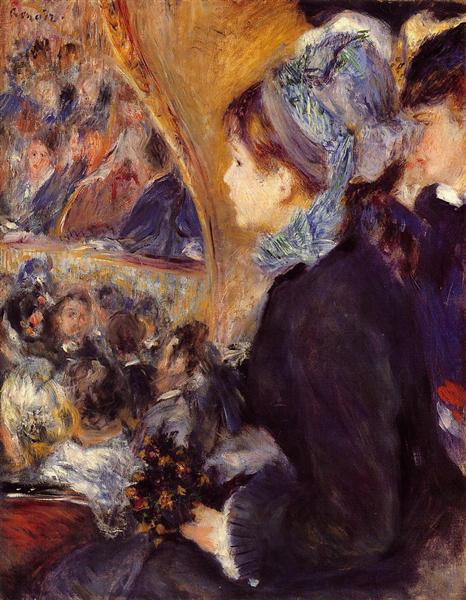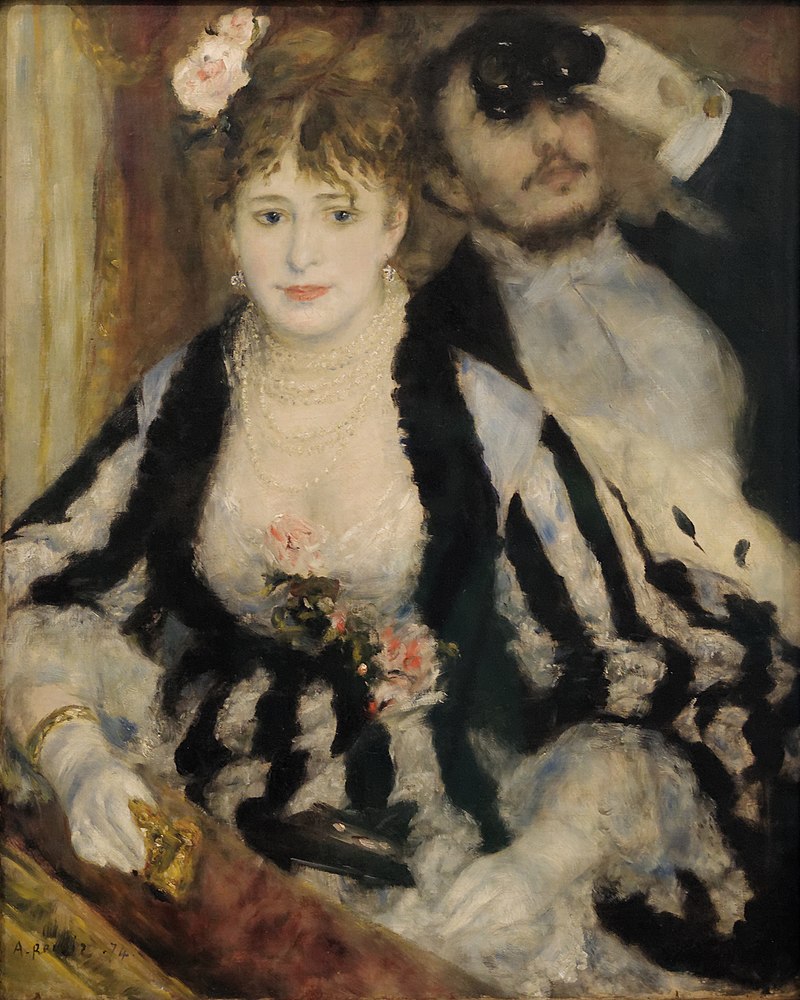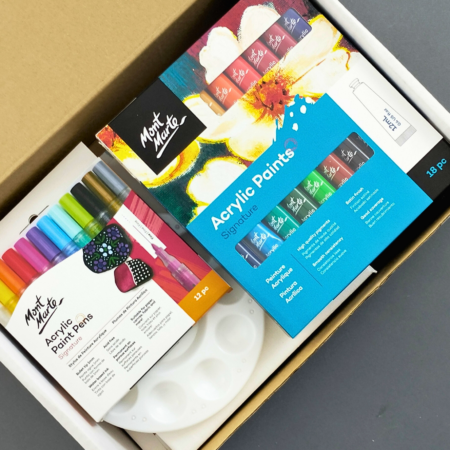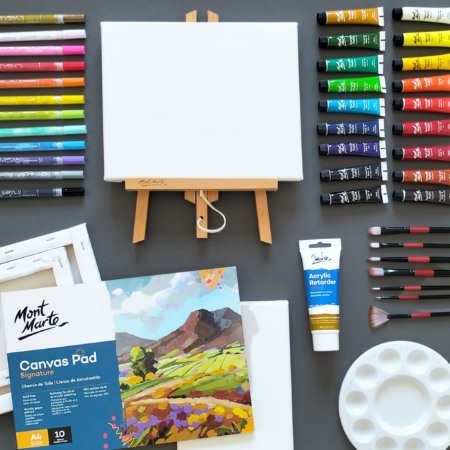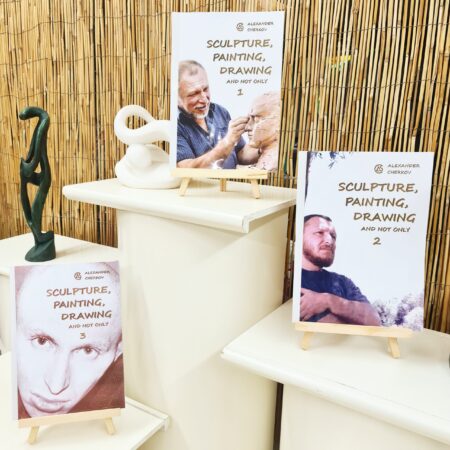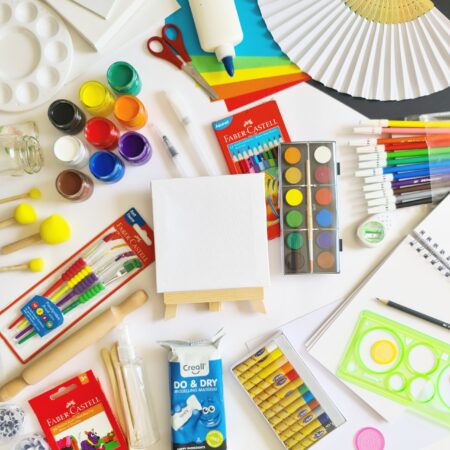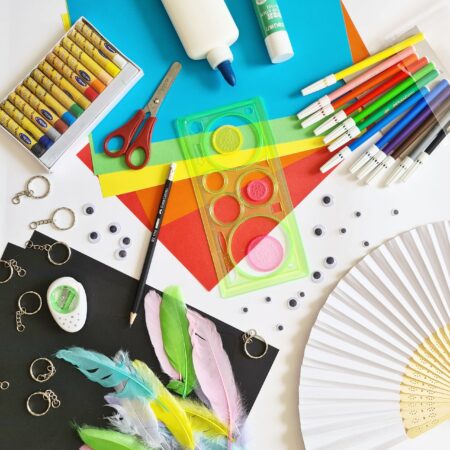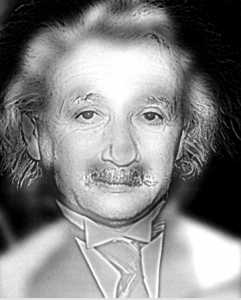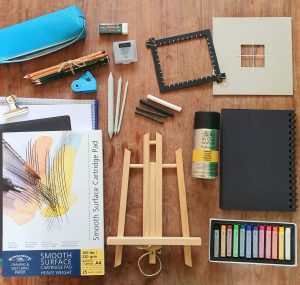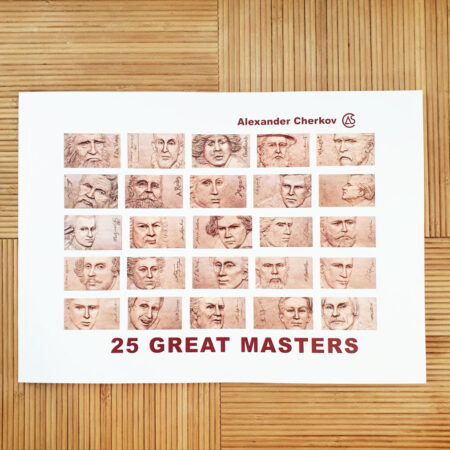The artist Pierre-Auguste Renoir (1841-1919), an Impressionist painter in modern art. Renoir explores the details similar to the camera properties, focusing on an object and blurring the background. read more
Artist Pierre-Auguste Renoir Together with other Impressionist artists paint the Seine. Bathing in Guerra Neuer. It is an agricultural village on the river bank where the Parisians, including Renoir, travel to bathe and spend the weekend. Not only are the colors as Chernobyl painted them. When the light is strong we do not notice the quality of the material. In strong light you do not see well that it is a tree. The light obscures the texture, so here we see that the boats do not notice that they are wood, it looks like a brown spot since the strong sun eats away at its appearance.
They drove to the same place and drew the same thing. They both do not notice that the boat is made of wood. Do not see the texture of the wood. We notice something brown happening to a boat and the characters turn into spots because the sun is shining on them. The color and texture is influenced by light.
The other influence is of the city.
Renoir paints the Pont Neff which is the "new bridge" in the Seine in Paris. And Mona paints the train station whose name is Saint-Lazare-St. Lazar (the first train station in central Paris) from which they traveled to the villages. In Mona he draws the effect of light but also the effect of space in general and the effect of steam, what the objects look like. The structure when the locomotive enters and the steam exits.
In the center there is a stronger light then the colors, some light and some darker because the right part of the locomotive is stronger light while the left part is more in the shade. In the painting of the bridge, the figures are not clear. It is the city under the sun, the visibility is not sharp.
We will leave the city and see the key theme (in terms of meaning) but slightly different.
Two drawings of Artist Pierre-Auguste Renoir From that year. In the swing mostly blue while in the painting of the restaurant cafe (where you can also dance) the hats are yellow. In 1876 Renoir paints the flicker of light. The lady's dress on the swing sees the shadows that the sun does not fall evenly. His coat looks like it has mold on it because of the white spots that are all around. In Mulan de la Galette - this mill is ground and galette is matzah. He paints the leisure.
In Chateau it is a village on the banks of the Seine. See that the Impressionists are coming out. Seeing the difference in color, there is now a lot of red, orange, yellow. This is a stylistic change thatArtist Pierre-Auguste Renoir Adhered to it for the rest of his life.
All the characters are identified as friends of Renoir. These leisure hours belong to the bourgeoisie. With the renewal of the city and the changes in the 19th century, the migration of villagers to the city began. Industry climbs begin and life changes completely. In the village the joys are of a wedding, when people meet at a wedding it is about acquaintances. While in the cafe they are strangers one after another. Sitting in the cafe, traveling to the villages are things that cost money. The Impressionist painters with the technique and the colors share, accept, there is no criticism here. In Renoir's painting he paints an idyll between different classes. Renoir's friend and Renoir himself were from a very poor family. But behind with the top hat stands an important art collector (he is also dressed differently) talking to some painter. The one who talks to them is the son of the restaurant owner. It describes the camaraderie of different classes. Everyone enjoys the same freedom to consume.
Still in the realm of leisure time and leisure time for the well-to-do. People who have their own cell — people who have the means. Sitting a beautifully dressed woman, behind her a man. The man watches and not just, he has binoculars and he surveys the whole hall (looks which of his friends have come) the woman also holds the binoculars, she is on the table. But she's not looking at anything, she's staring. The women are given the look they are looking at. They are not looking. By the beginning of the 20th century it is clear that the spectator is a man (Olympia's scandal is an attitude towards man).
Renoir is also an expert in women's painting. At the first exit the girl is clear but everything behind her, the man next to her, is blurred. Even in a painting of a clichéd square the woman stands on the first plane and is clear but all the others are blurred as in photography. When the lens is aimed at one point and well-focused, anything that is not focused becomes blurred. He investigates the individual.

